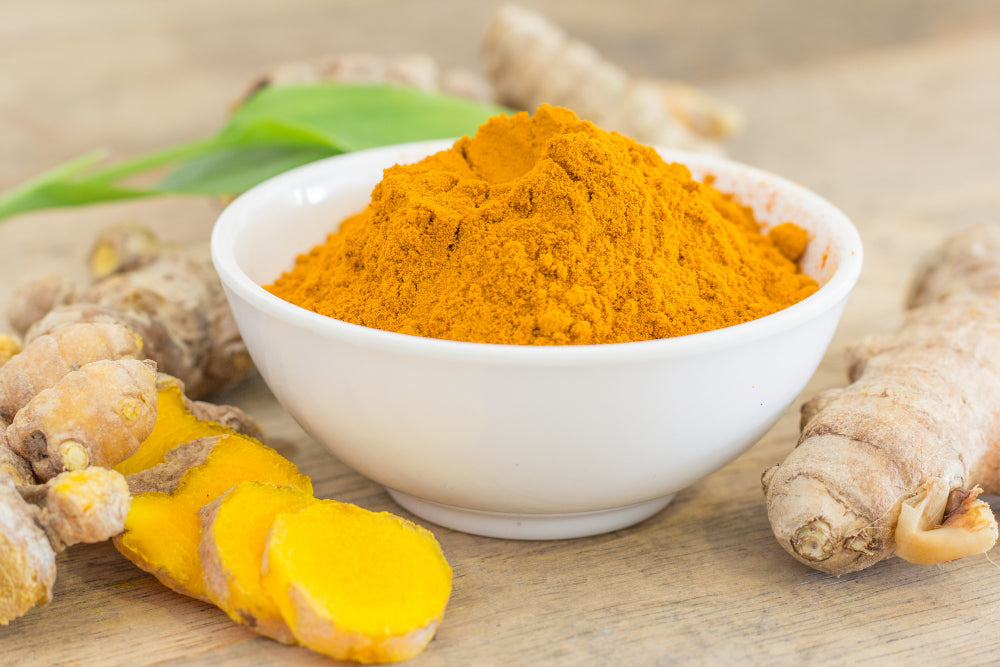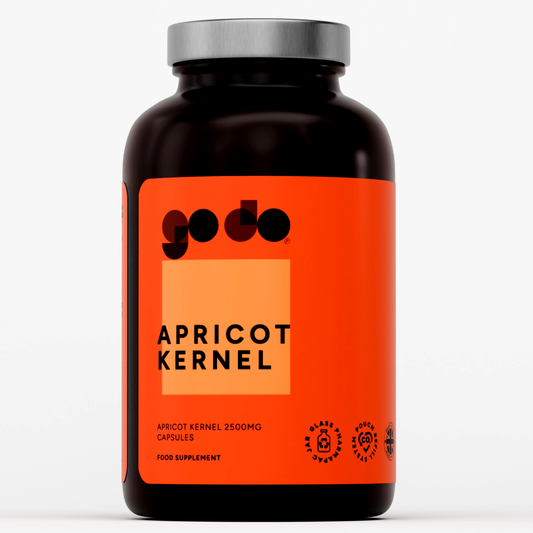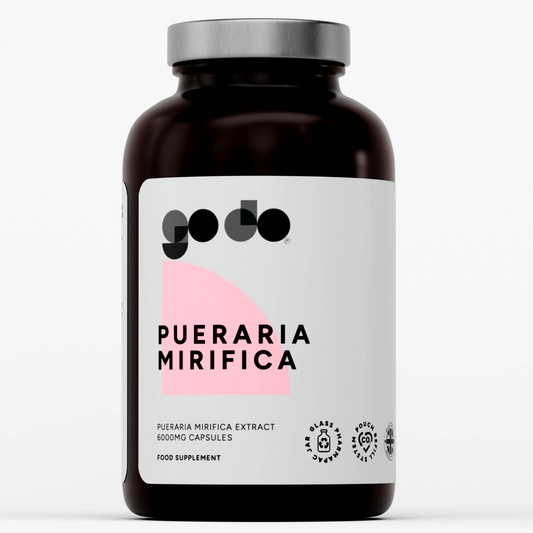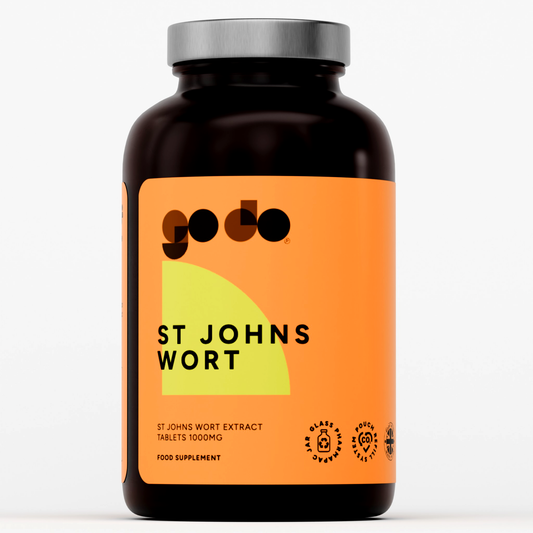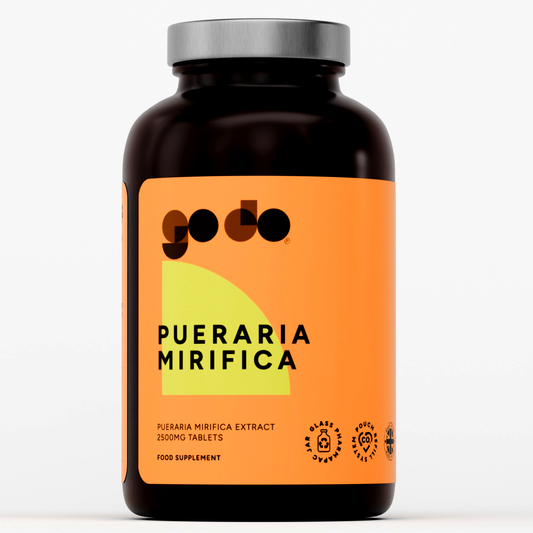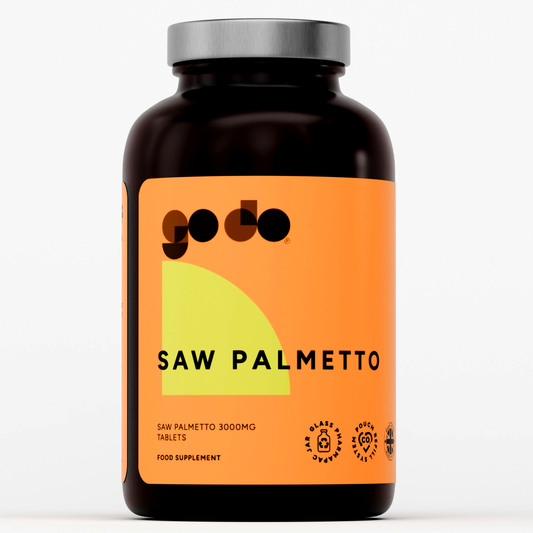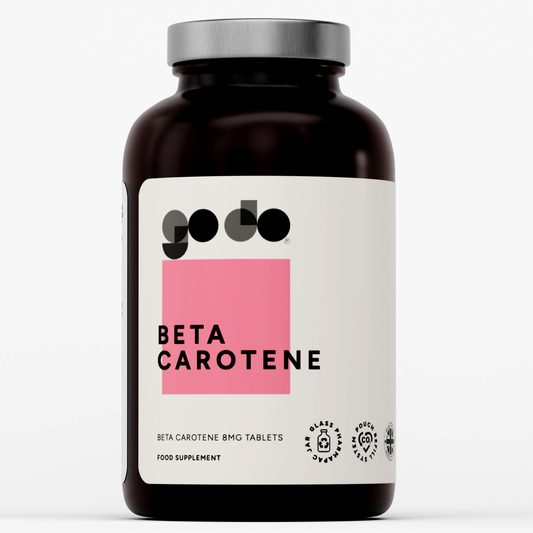The pairing of turmeric and bromelain represents one of nature's most effective anti-inflammatory combinations. While each compound offers significant health benefits on its own, their synergistic effects create a potent therapeutic partnership that addresses inflammation, pain, and various health conditions more effectively than either would alone.
Understanding Turmeric: The Golden Healer
Turmeric, derived from the root of Curcuma longa, has been used in traditional medicine for thousands of years. The active compound responsible for most of turmeric's therapeutic effects is curcumin, which gives turmeric its distinctive golden color and accounts for 2-8% of most turmeric preparations.
Curcumin is a polyphenol with remarkable anti-inflammatory, antioxidant, and pain-relieving properties. It works by inhibiting multiple inflammatory pathways, including cyclooxygenase-2 (COX-2), lipoxygenase, and nuclear factor-kappa B (NF-κB), a key regulator of inflammatory gene expression. This multi-target approach makes curcumin particularly effective at addressing chronic inflammation.
Research has demonstrated curcumin's effectiveness in managing various conditions, including arthritis, cardiovascular disease, digestive disorders, and even certain cancers. However, curcumin has one significant limitation: poor bioavailability. When taken alone, curcumin is rapidly metabolized by the liver and has limited absorption in the digestive tract.
Bromelain: The Pineapple Enzyme Powerhouse
Bromelain is a mixture of protein-digesting enzymes found primarily in pineapple stems and fruit. This proteolytic enzyme complex has been used medicinally since the 1950s and has demonstrated impressive anti-inflammatory, anti-swelling, and pain-reducing effects.
Unlike many anti-inflammatory compounds that work through a single mechanism, bromelain addresses inflammation through multiple pathways. It breaks down fibrin, a protein involved in blood clotting and inflammation, helping to reduce swelling and improve circulation. Bromelain also modulates immune system responses and can help reduce the production of inflammatory mediators.
Clinical studies have shown bromelain's effectiveness in treating sports injuries, reducing post-surgical swelling, improving symptoms of sinusitis, and supporting digestive health. Its ability to break down proteins also makes it valuable for improving digestion and reducing inflammation in the digestive tract.
The Synergistic Partnership
When combined, turmeric and bromelain create a synergistic effect where the benefits exceed what either compound could provide alone. Bromelain enhances curcumin absorption by protecting it from degradation in the digestive tract and improving its uptake into the bloodstream.
Studies have shown that bromelain can increase curcumin bioavailability by up to 200%, making turmeric significantly more effective when the two are taken together. This enhanced absorption means that lower doses of curcumin can achieve therapeutic effects, reducing the need for large quantities of turmeric supplements.
The combination also provides complementary anti-inflammatory mechanisms. While curcumin works primarily at the cellular level to regulate inflammatory gene expression, bromelain provides more immediate effects by breaking down inflammatory proteins and improving circulation. Together, they address both acute and chronic inflammatory processes.
Joint Health and Arthritis Management
The turmeric-bromelain combination has shown particular promise in managing joint health and arthritis symptoms. Both compounds independently demonstrate anti-arthritic effects, but their combination appears more effective than either alone.
In osteoarthritis, chronic inflammation damages joint cartilage and causes pain and stiffness. Curcumin helps reduce this inflammation at the molecular level, while bromelain helps break down inflammatory proteins and reduce swelling around affected joints. Clinical studies have shown that this combination can reduce arthritis pain and improve joint mobility comparably to conventional NSAIDs, but with fewer side effects.
The combination may also support cartilage health by reducing the activity of enzymes that break down cartilage matrix. This protective effect could potentially slow the progression of osteoarthritis when used as part of a comprehensive joint health strategy.

Cardiovascular Benefits
Both turmeric and bromelain offer cardiovascular benefits that complement each other. Curcumin helps improve endothelial function, reduces inflammation in blood vessels, and may help prevent the oxidation of LDL cholesterol, a key step in atherosclerosis development.
Bromelain contributes to cardiovascular health through its fibrinolytic activity, helping to break down fibrin deposits that can contribute to blood clots and arterial plaque formation. It may also help improve circulation and reduce inflammation in blood vessel walls.
Together, these compounds may provide comprehensive cardiovascular support by addressing multiple risk factors for heart disease. However, people taking blood-thinning medications should exercise caution, as both compounds can have mild anticoagulant effects.

Digestive Health Support
The combination of turmeric and bromelain offers unique benefits for digestive health. Curcumin helps reduce inflammation in the digestive tract and may support liver function, while bromelain aids protein digestion and can help reduce digestive inflammation.
For people with inflammatory bowel conditions, this combination may help reduce intestinal inflammation and improve digestive comfort. Bromelain's protein-digesting properties can also help people who have difficulty digesting protein-rich foods, reducing digestive stress and inflammation.
The anti-inflammatory effects of both compounds may also support gut barrier function, helping to maintain the integrity of the intestinal lining and reducing the risk of increased intestinal permeability.
Post-Exercise Recovery and Sports Medicine
Athletes and active individuals have found the turmeric-bromelain combination particularly valuable for post-exercise recovery. Exercise-induced inflammation is a normal part of the adaptation process, but excessive inflammation can impair recovery and increase injury risk.
Bromelain has a long history of use in sports medicine for reducing exercise-induced swelling and speeding recovery from soft tissue injuries. Combined with curcumin's anti-inflammatory effects, this combination may help reduce muscle soreness, decrease recovery time, and support overall exercise performance.
The combination may be particularly beneficial for endurance athletes, who often experience higher levels of exercise-induced inflammation. Regular use might help maintain training consistency by reducing excessive inflammation and supporting faster recovery between training sessions.
Dosage and Timing Considerations
Effective dosing of the turmeric-bromelain combination depends on individual needs, health status, and specific goals. Most clinical studies have used curcumin doses ranging from 500mg to 1000mg daily, combined with bromelain doses of 200mg to 400mg daily.
Timing can significantly affect the effectiveness of this combination. For general anti-inflammatory support, taking the combination with meals may improve absorption and reduce potential digestive upset. However, for acute inflammatory conditions or post-exercise recovery, taking the combination on an empty stomach may provide faster absorption and more immediate effects.
Some practitioners recommend cycling the combination, using it for several weeks followed by a break, rather than continuous long-term use. This approach may help maintain effectiveness and reduce the risk of developing tolerance.
Quality and Formulation Factors
The effectiveness of turmeric-bromelain supplements depends heavily on quality and formulation factors. Curcumin content can vary dramatically between turmeric products, with some containing less than 1% curcumin while others are standardized to 95% curcumin.
Bromelain activity is measured in units such as GDU (Gelatin Digesting Units) or MCU (Milk Clotting Units). Higher activity levels generally indicate more potent bromelain preparations. Look for bromelain supplements that specify their enzymatic activity rather than just listing milligram amounts.
Some manufacturers offer standardized combinations that have been specifically formulated and tested for optimal absorption and effectiveness. These products may include additional absorption enhancers like black pepper extract (piperine) or specialized delivery systems.

Potential Interactions and Precautions
While generally well-tolerated, the turmeric-bromelain combination can interact with certain medications and may not be appropriate for everyone. Both compounds have mild blood-thinning effects, so people taking anticoagulant medications should consult with healthcare providers before use.
Turmeric can potentially increase the risk of bleeding during surgery, so supplementation should typically be discontinued at least two weeks before scheduled procedures. Bromelain may also increase the absorption of certain antibiotics, potentially altering their effectiveness.
People with gallstones should use turmeric cautiously, as it may stimulate bile production. Those with pineapple allergies should avoid bromelain, and people with severe liver disease should consult healthcare providers before using curcumin supplements.
Individual Response Variations
Response to the turmeric-bromelain combination can vary significantly between individuals. Factors affecting response include genetics, overall health status, diet, other medications or supplements, and the specific condition being addressed.
Some people notice benefits within days of starting the combination, while others may require several weeks of consistent use to experience noticeable effects. The degree of inflammation present, individual absorption capabilities, and baseline antioxidant status all influence how quickly and dramatically people respond.
Genetic variations in enzymes that metabolize curcumin can affect how well individuals utilize this compound. Some people may be "fast metabolizers" who require higher doses or more frequent dosing to achieve therapeutic effects.
Future Research Directions
Research into the turmeric-bromelain combination continues to evolve, with scientists investigating new applications and optimal formulation strategies. Areas of particular interest include their potential roles in neurodegenerative diseases, cancer prevention, and metabolic disorders.
Researchers are also exploring novel delivery systems that could further enhance the bioavailability and effectiveness of this combination. Liposomal formulations, nanoparticle delivery systems, and specialized coating technologies show promise for improving absorption and targeting specific tissues.
The development of standardized combination products with proven bioavailability and clinical effectiveness represents an important step forward in natural anti-inflammatory therapy. As research continues, we can expect to see more refined understanding of optimal dosing, timing, and applications for this powerful combination.
The partnership between turmeric and bromelain exemplifies how combining complementary natural compounds can create synergistic effects that exceed the sum of their parts. This combination offers a promising natural approach to managing inflammation, supporting recovery, and promoting overall health with a generally favorable safety profile compared to conventional anti-inflammatory medications.
